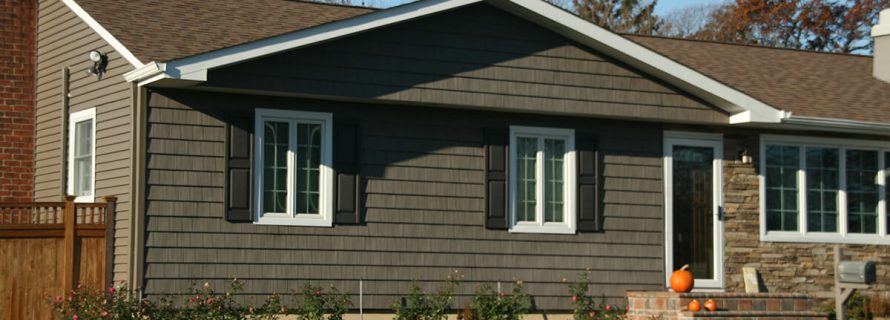Replacement vs. new construction windows: What’s the difference?

One way to instantly add resale value to your home is to replace old windows with new ones. For one, it helps with aesthetics. Fresh, shiny windows can make your home look great from the outside and provide you with a perfectly clear view from inside. Aside from adding to the appearance of your home, window replacements can also help improve their functionality and make your home more energy efficient.
If you’ve made the decision to install new windows, the first step is done. Now, you need to choose between replacement and new construction windows – but what does that mean? John P. Bernaudo, exterior design specialist at Alure Home Improvements, explains everything you need to know before making your decision.
Replacement windows
By definition, replacement windows are those that are custom made to fit within an existing opening, explained Bernaudo. They’re typically used when undergoing a remodel and are installed from the inside in the existing window jamb. With this kind of installation, the molding can stay intact, and the contractors place a vinyl-coated capping on the siding to close the gap between that and the window. One thing to keep in mind with replacement windows is the viewing space, which will slightly decrease in size once the new window is installed, but otherwise, it’s a good choice for those seeking new windows for their home.
A renovation usually calls for replacement windows because they’re the less expensive option out of the two choices. However, in some situations, homeowners are better off opting for the more expensive alternative.
“It’s important to have a window expert inspect your existing windows to see if a full frame replacement is necessary,” advised Bernaudo. “Usually, air leaks from around the window frames and moldings are a tell-tale sign, along with visible water damage and/or wood rot.”
New construction windows
Also referred to as full frame replacements and prime windows, new construction windows are commonly used when building a new home or other structure, Bernaudo noted. They usually come in standard sizes, and are installed from the outside using a nailing flange. The old window frame and jamb are completely removed, which also requires the molding to be replaced entirely. While they’re typically used in new buildings, many people still opt for these kinds of installations when undergoing a remodel project because of their many benefits.
“Since the existing window frame is removed, we can inspect for any rotted wood or insect damage,” said Bernaudo. “We can also insulate between the window jamb and the framing of the house, which will ensure the new windows will be completely sealed and energy efficient.”
Still, there could be an issue with perfectly matching up the new siding with what currently exists on a home. Similarly, the interior molding may not exactly resemble what was previously there. Be sure to consider these factors when making your decision.
Choosing the best option
When it comes time to select your method of window installation, it’s important to review the differences and also factor in things like whether your current windows are leaking air or water, how old your home is, how much money you’re looking to invest and more.
“There are many things to consider, and that is why speaking to a licensed expert can certainly help guide [homeowners] in the right direction,” said Bernaudo. “A lot of times in the older houses with original windows, anything is an improvement over what they have, but what the homeowner needs to consider is how much return on their investment they’re looking for. Because if done the right way, replacing your windows is an investment that can pay for itself through savings in energy costs.”
- Additions and New Construction
- All Exteriors
- Alterations
- Basements
- Bathrooms
- Customer Service
- Customer Stories
- Decks
- Design & Planning Show
- DIY
- Doors
- Educational Resources
- Extreme Makeover Home Edition
- Fashion Show
- General Remodeling
- Green Living
- Handyman Home Services
- Home Decor
- Home Entertainment
- Home Improvement
- Home Improvements
- How to Tips
- In The Community
- Kitchens
- Off-the-Wall Remodeling Stories
- Remodeling
- Resources
- Roofing
- Siding
- Social Media
- Sunrooms
- Tips & Tricks
- Trends
- Windows

